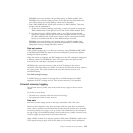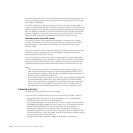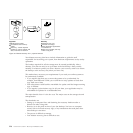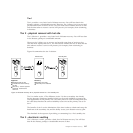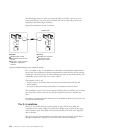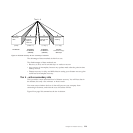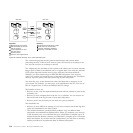
Chapter 19. Disaster recovery
If your CICS system is normally available about 99 percent of the time, it would be
wise to look at your disaster recovery plan. The same pressure that drives high
availability drives the need for timely and current disaster recovery.
You must plan what level of disaster recovery you require for your CICS
environment. If you are using DB2 or IMS, you can read more specific details
related to database recovery in the following publications:
v DB2 for z/OS Administration Guide, for DB2 database recovery
v IMS Operations Guide, for IMS database recovery
See also the ITSC Disaster Recovery Library: Planning Guide for information that
should help you set up a detailed disaster recovery plan if you use a combination
of databases, such as DB2 and IMS.
Why have a disaster recovery plan?
If your business cannot continue to function without CICS, you must have a
disaster recovery plan.
To build a disaster recovery plan you must take into account a number of items
unique to disaster recovery:
v What data is vital to my business?
v How long can the data be unavailable?
v How current does the data need to be?
v What is the cost of a disaster to my company?
v What is the cost of my disaster recovery plan?
v Is performance after a disaster a consideration?
v What type of disaster is possible, or even likely, and how long will it affect my
system?
You might consider some, or all, of your CICS applications as vital to the
operations of your business. If all applications are vital, you need to recover all the
data that your CICS systems use. If only some of your applications are vital, you
have to determine what data is associated with those applications.
The length of time between the disaster and recovery of your vital applications is a
key factor. If your business cannot continue without access to your CICS data, your
disaster recovery plan must take this into account.
The time-sensitive nature of your recovered data can be an overriding factor. If
your vital application is a high volume, high change application, recovering
week-old data may not be acceptable—even hour-old data may be unacceptable.
You may need to recover right up to the point of the disaster.
The type of disaster from which you plan to recover can determine where your
disaster recovery site is located. If you foresee only fire and water damage to your
computer floor, a disaster recovery site in the building next door may be
© Copyright IBM Corp. 1982, 2010 223



